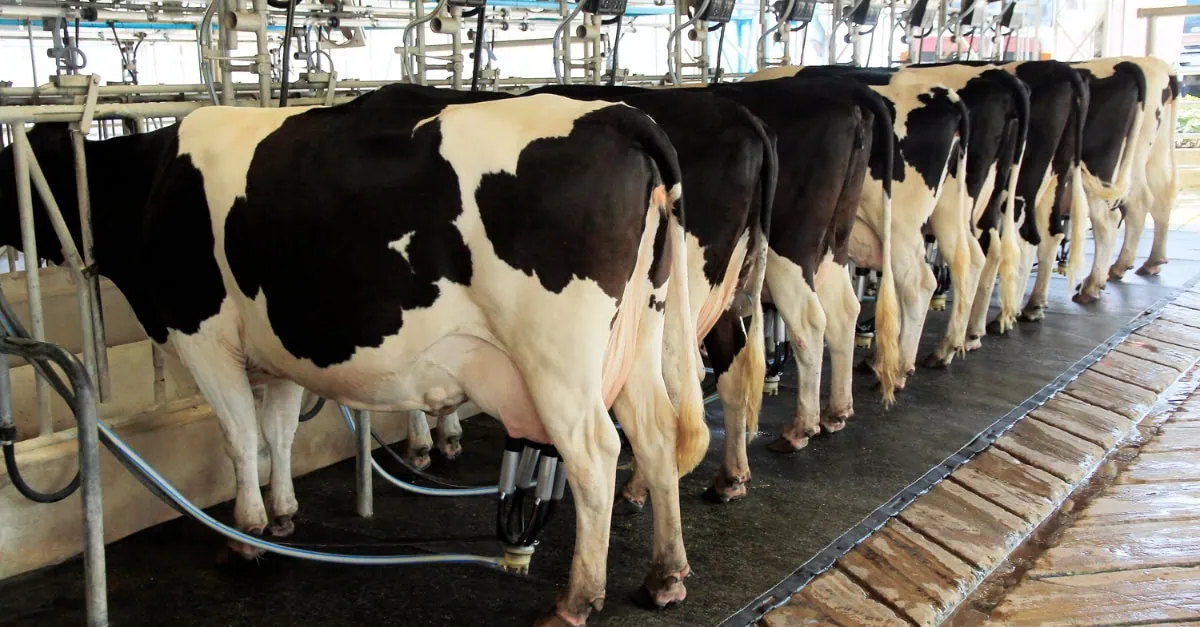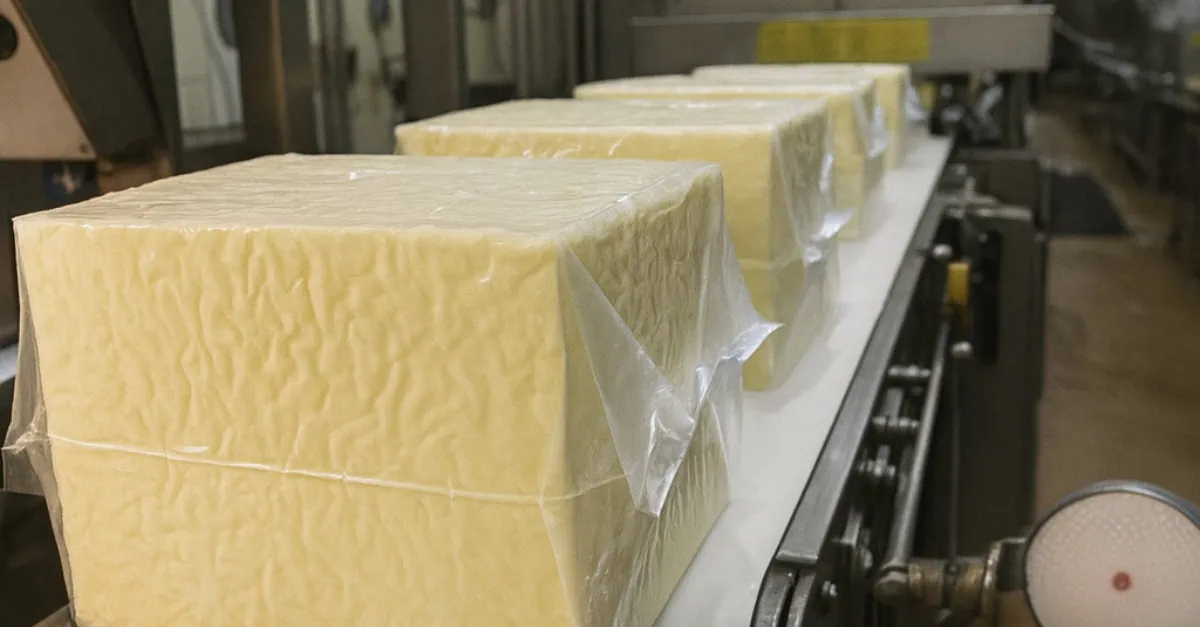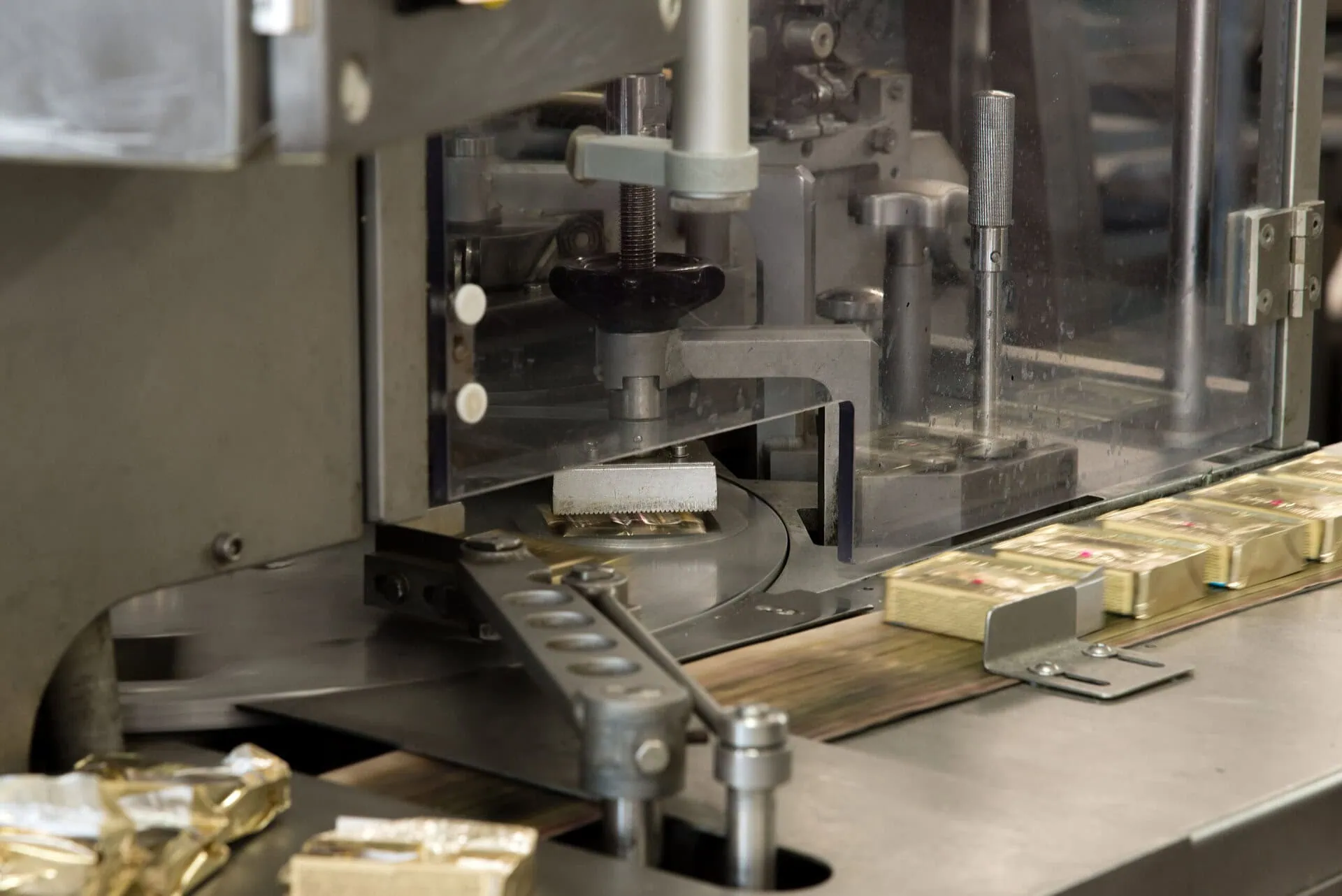The European cheese market is experiencing significant price declines across multiple varieties as milk production surpluses of 5-7% year-over-year create abundant supply without corresponding demand growth.
Cheese prices across Europe are dropping to levels that don’t align with current farm-gate milk prices, creating a challenging environment for producers while presenting potential opportunities for buyers.
Production outpacing demand
The root cause of the price weakness is clear: European milk production is running 5-7% above last year’s levels, leading to generous surpluses in cheese production across the region.
With consumption holding relatively well throughout 2025, total European demand for cheese hasn’t declined significantly. The issue is purely supply-side – more cheese is being produced than the market can absorb at previous price levels.
Producers face a difficult calculation. Selling cheese at current prices is very unprofitable based on today’s farm-gate milk prices. However, not processing the milk and selling it on the spot market leads to even lower returns, creating an incentive to continue producing cheese despite the weak pricing environment.
Price movements across varieties
The price declines are affecting multiple cheese categories:
Gouda decreased to €2,970/mt (€1.57/lb) EXW as of October 15, 2025. Netherlands milk production increased 4.85% in August and 6.8% in September, pushing up Gouda production. Stock pressure combined with weaker sentiment is forcing producers to offer at much lower prices.
Mozzarella in Europe fell below €3,000/mt to €2,900/mt (€1.53/lb) EXW. Many producers have significant volumes left to sell due to strong milk intake, forcing them to offer at lower prices to find buyers.
Cheddar declined to €3,600/mt (€1.9/lb) EXW as the large surplus in milk production leads to more cheddar available at lower prices.
Emmental decreased to €4,150/mt (€2.19/lb) EXW. While Emmental’s supply and demand remain relatively well-balanced compared to other European cheeses, prices are following the broader market down. The price difference between Emmental and Gouda has now exceeded €1,000/mt.
Global competition intensifies
US cheese is adding pressure to European markets. American cheese exports exceeded last year’s record levels by 13.62% year-over-year in January-July 2025, with US product reaching global buyers at prices that Europe cannot match.
European exports, by contrast, fell 3.22% year-over-year during the same period, reflecting lower demand for European product at relatively higher price levels.
New Zealand has also increased cheese exports by 14.55% year-over-year, primarily to China and Japan.
US Mozzarella currently trades at €3,357/mt (€1.77/lb) EXW, higher than European Mozzarella. Some US mozzarella production capacity is currently offline, keeping prices relatively elevated domestically.
Buyer behavior shifts
Buyers are approaching the market cautiously. Many are purchasing only the bare minimum for Q4, waiting as long as possible to secure the lowest prices. Others are attempting to lock in Q1 2026 and beyond at today’s depressed levels.
However, selling cheese forward for Q1 based on current farm-gate milk prices represents a financially difficult decision for producers. With spot prices for raw milk at €320/mt and positive milk production outlook, there is room for cheese prices to move further down and remain depressed between now and Q1 2026.
Demand for Q4 still exists – not all buyers have covered their November-December needs yet. But those buyers are waiting until the last moment to purchase remaining volumes.
Market outlook
The outlook across cheese varieties remains weak. The analysis notes that even though prices are already trading very low, “it does not feel like we are at the bottom of the market yet.”
More cheese production is coming to market than usual, while buyers are taking procurement as slowly as possible for Q4. The combination of abundant supply, cautious demand, and intense global competition suggests continued downward pressure on European cheese prices in the near term.
This news article is part of a more comprehensive cheese market analysis, for the full analysis go to: https://app.vespertool.com/market-analysis/2361





